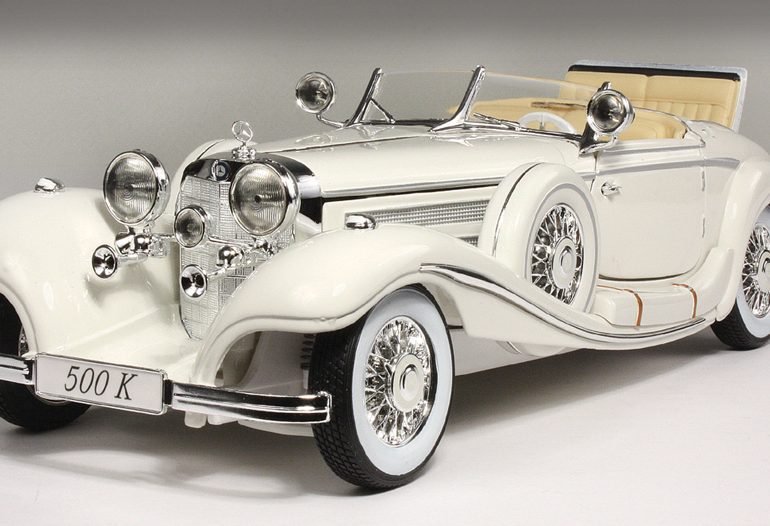The 20s Were The Era Where Automobiles Came of Age – Here’s a Little History & The Greatest Cars Of The 1920s
1920s Car History
1920’s cars saw many technical advances that improved the functions of the automobile. Many of the automobile innovations that we assume of as being modern were in fact introduced in the 1920’s. For example, front wheel drive, four wheel drive, electric powered cars, and even hybrid fuel/electric cars.
The braking system of the cars improved as cars became more powerful and traffic increased. Early cars had mechanical brakes only on the rear wheels requiring a great deal of force from the driver to stop the car. In the cars of the 1920’s, cars for the first time had mechanical brakes on all four wheels.



